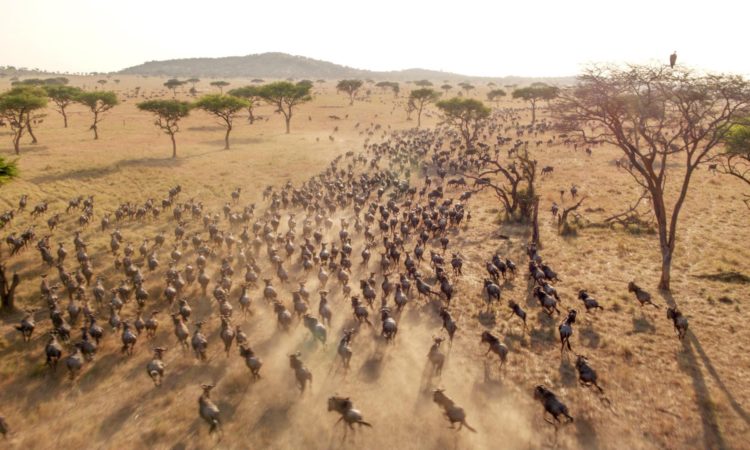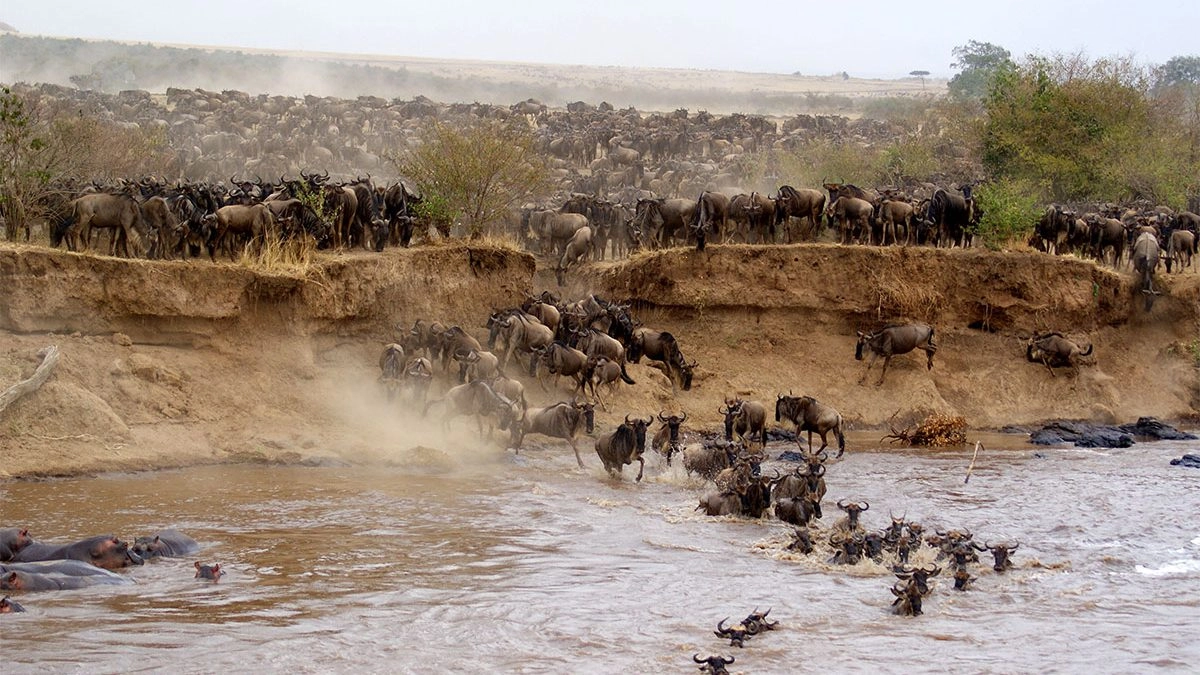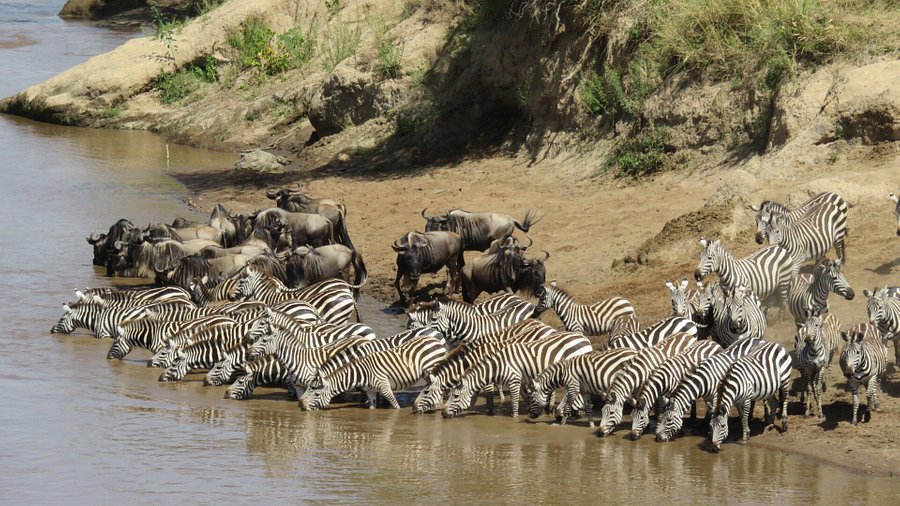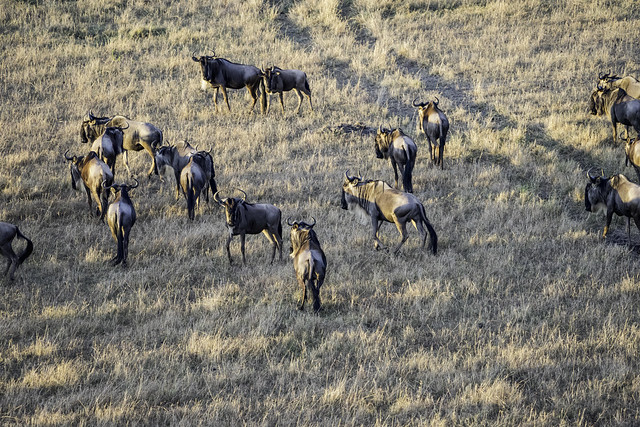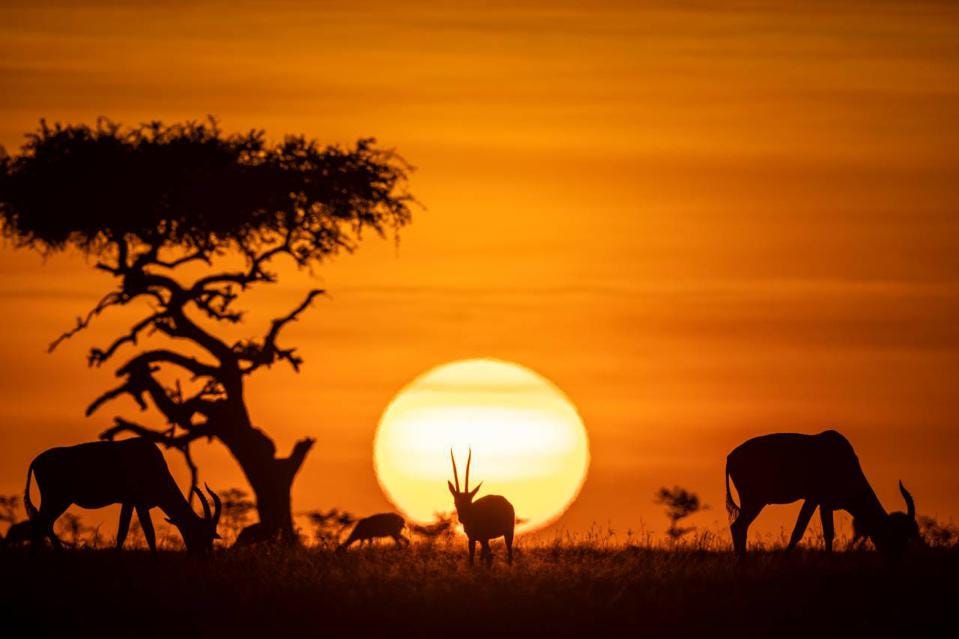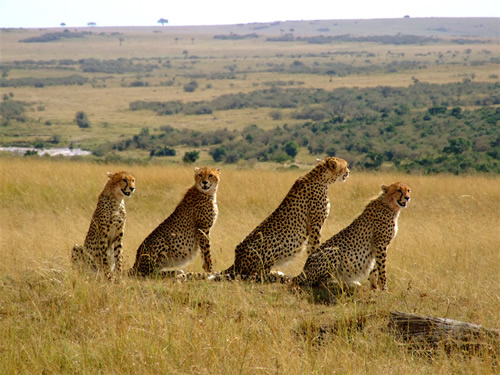Maasai Mara National Reserve
Maasai Mara national Reserve

The Maasai Mara is one of Africa’s most famous and iconic wildlife reserves, located in southwestern Kenya, along the border with Tanzania. Named after the indigenous Maasai people who inhabit the area and the Mara River that runs through it, the Maasai Mara is renowned for its breathtaking landscapes, diverse ecosystems, and unparalleled wildlife experiences.

Overview of Maasai Mara National Reserve:

The Maasai Mara is a must-visit destination for anyone seeking an authentic African safari experience. Its combination of abundant wildlife, stunning landscapes, and rich cultural heritage makes it one of the most remarkable places on Earth.
Wildlife Haven:
The Maasai Mara is home to an extraordinary concentration of wildlife, including the Big Five—lions, elephants, leopards, buffalo, and rhinos. The reserve’s open savannahs, rolling hills, and acacia woodlands provide ideal habitats for a wide variety of animals, making it one of the best places in the world for game viewing.
The Great Migration:
The Maasai Mara is globally famous for the Great Migration, a natural spectacle that sees over 1.5 million wildebeest, zebras, and gazelles journey from the Serengeti in Tanzania to the Maasai Mara in search of greener pastures. This migration occurs annually between July and October and is often referred to as one of the “Seven Natural Wonders of Africa.” The dramatic river crossings, where animals face the dangers of crocodile-infested waters, are a highlight for visitors.
Cultural Richness:
The Maasai Mara is not only about wildlife; it is also a region rich in culture. The Maasai people, known for their distinctive dress, nomadic lifestyle, and deep connection to the land, offer visitors a unique cultural experience. Visiting a Maasai village allows travelers to learn about their traditions, customs, and way of life, which have remained largely unchanged for centuries.
Conservation Efforts:
The Maasai Mara plays a crucial role in wildlife conservation. The reserve and its surrounding conservancies work to protect the area’s diverse species and fragile ecosystems. Various conservation initiatives are in place to ensure that both wildlife and local communities benefit from sustainable tourism practices.
Scenic Beauty:
The landscapes of the Maasai Mara are nothing short of spectacular. From vast grasslands dotted with acacia trees to the meandering Mara River and the dramatic escarpments, the scenery is as captivating as the wildlife. The wide, open spaces and endless horizons create a sense of freedom and connection with nature that is truly unique.
Accessibility and Accommodation:
The Maasai Mara is easily accessible from Nairobi, with daily flights and road transfers available. The reserve offers a wide range of accommodation options, from luxury lodges and tented camps to budget-friendly options, catering to all types of travelers.
Year-Round Destination:
While the Great Migration is a major draw, the Maasai Mara is a year-round destination. Even outside the migration season, the reserve offers exceptional wildlife viewing, with opportunities to see predators like lions and cheetahs in action, as well as a host of other animals and bird species.
Facts about Maasa Mara National Reserve
- Located in southwestern Kenya, bordering Tanzania’s Serengeti National Park.
- Named after the indigenous Maasai people and the Mara River.
- Covers an area of approximately 1,510 square kilometers (583 square miles).
- Famous for the annual Great Migration of over 1.5 million wildebeest, zebras, and gazelles.
- Home to the Big Five: lions, elephants, leopards, buffalo, and rhinos.
- Over 450 species of birds are found in the Maasai Mara.
- Predators like lions, cheetahs, and leopards are commonly seen in the reserve.
- The Maasai Mara is a key part of the larger Mara-Serengeti ecosystem.
- It is a year-round destination, with peak tourist season during the Great Migration (July to October).
- The reserve was established in 1961 as a wildlife sanctuary and later became a national reserve.
- The Maasai people have coexisted with wildlife in the region for centuries.
- The Mara River is a critical water source and the site of dramatic wildebeest river crossings.
- The reserve’s landscapes include open savannahs, acacia woodlands, and rolling hills.
- The Maasai Mara is one of the most popular safari destinations in Africa
Most common animals
- Lions
- Elephants
- Leopards
- Buffalos
- Rhinoceroses (Black Rhino)
- Cheetahs
- Giraffes (Masai Giraffe)
- Zebras
- Wildebeests
- Hyenas (Spotted Hyena)
- Hippos
- Crocodiles
- Thomson’s Gazelles
- Grant’s Gazelles
- Topis
- Elands
- Warthogs
- Baboons
- Vervet Monkeys
- Ostriches
- Secretary Birds
- Vultures
- Marabou Storks
- Jackals
- Servals
